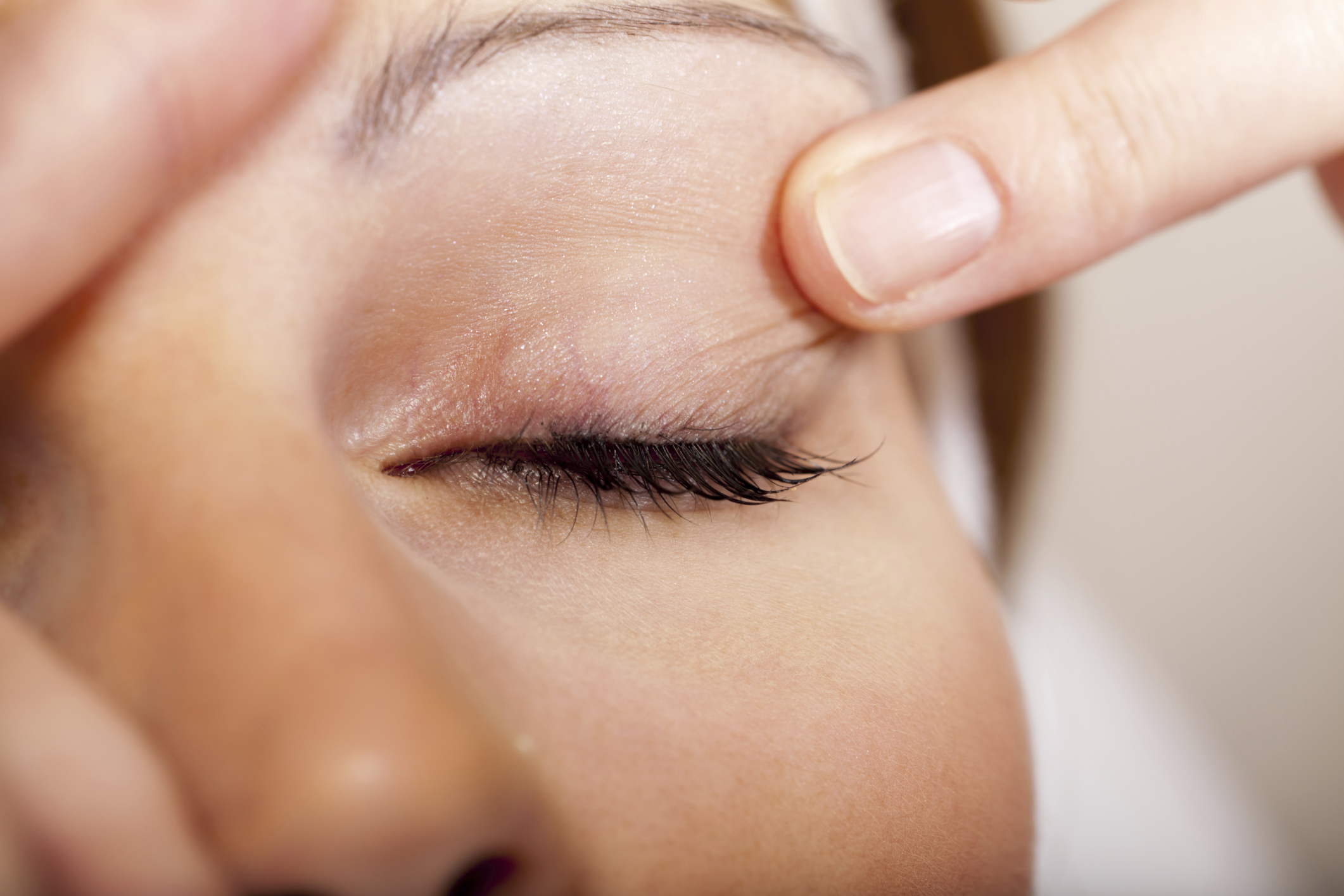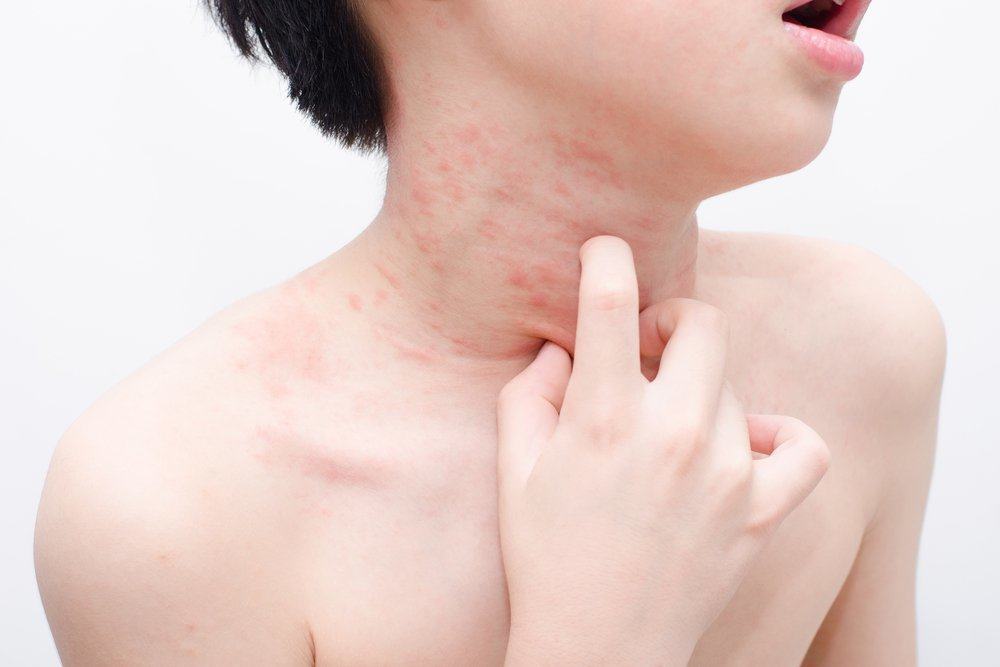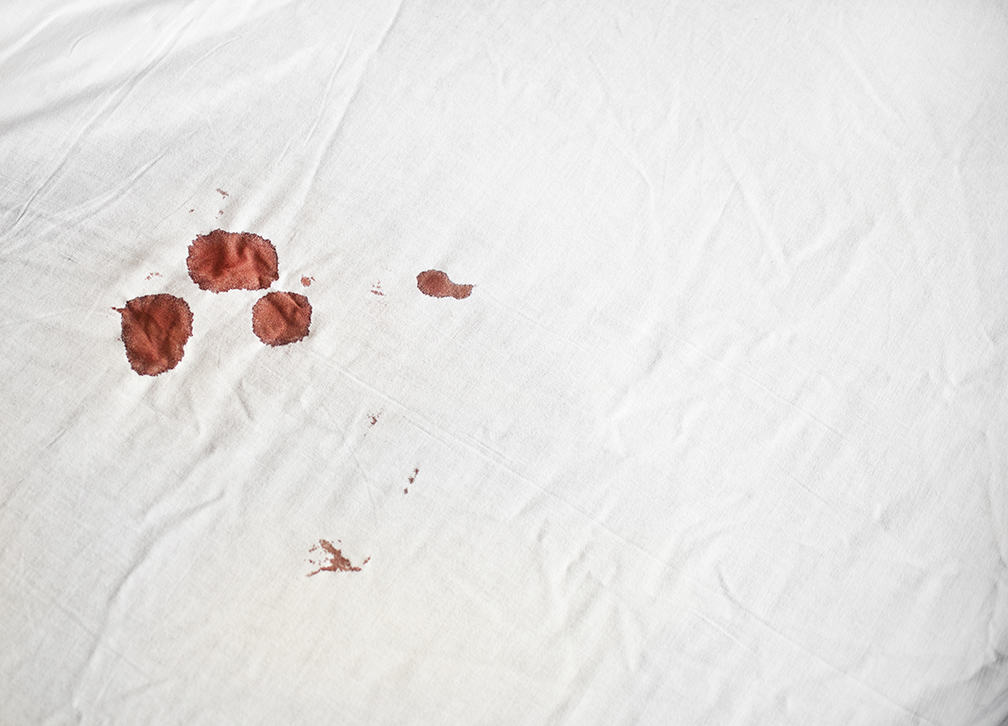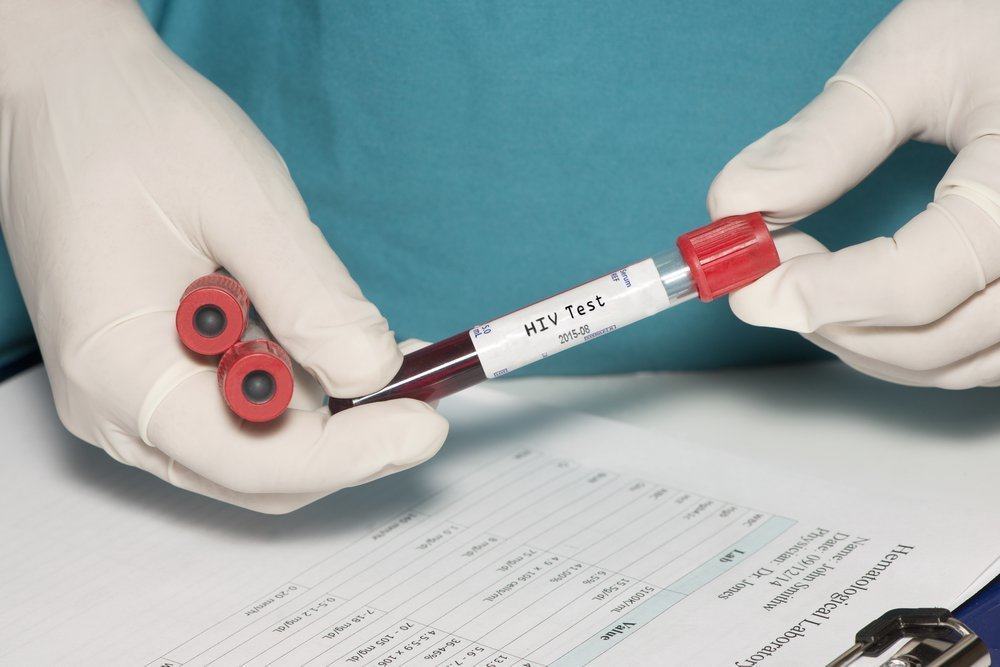Contents:
- Medical Video: Say Goodbye To Cholesterol Deposits On Your Eyelids And Under Eyes With This Fast And Cheap Method
- Who can get xanthelasma on her eyelids?
- What causes yellow spots on this eyelid?
- What are the characteristics of Xanthelasma?
- How do you deal with xanthelasma?
- Apart from being a sign of high cholesterol, what are the conditions that give rise to xanthelasma?
Medical Video: Say Goodbye To Cholesterol Deposits On Your Eyelids And Under Eyes With This Fast And Cheap Method
If you see yellow spots or plaques around the eyelids, that's what xanthelasma is called. These yellowish patches or plaques consist of fat and cholesterol found under the skin. This condition does not cause pain, but can interfere with your appearance. In addition, xanthelasma can be a sign of high cholesterol, which means it is at risk for heart disease, so this skin condition should not be ignored.
Who can get xanthelasma on her eyelids?
People who have xanthelasma usually have high blood cholesterol or fat levels, but people who have normal cholesterol levels can also have xanthelasma. Xanthelasma is often found in people over 40 years and women are twice as often as men.
What causes yellow spots on this eyelid?
Often, xanthelasma is a sign of high cholesterol in your blood. You risk experiencing this condition if you have:
- High LDL ("bad" cholesterol) or low HDL ("good" cholesterol)
- Family history has high cholesterol (familial hypercholesterolemia)
- Liver diseases such as primary biliary cirrhosis, which can increase cholesterol levels
Although xanthelasma is usually caused by increased levels of fat in the blood, or by metabolic disorders such as diabetes, the exact cause of xanthelasma is not clear because often this condition also appears in people with normal cholesterol levels.
What are the characteristics of Xanthelasma?
Xanthelasma is usually located on the inside of the upper eyelid (close to the base of the nose) in the form of plaque and yellowish in color. It usually does not cause symptoms such as discomfort or pain, so they usually go to the doctor because of appearance problems.
How do you deal with xanthelasma?
Xanthelasma will not disappear on its own, this yellow plaque will still have the same size or grow larger over time. The methods that can be done by doctors in removing xanthelasma include:
- Giving medicine to decipher the growth of xanthelasma
- Cryosurgery, that is by freezing the plaque
- Laser
- Operation
- Electrodesiccation, namely by using an electric needle
Side effects that can appear after the action:
- Scar
- Skin discoloration
- Plaque can reappear if you have high cholesterol levels
Apart from being a sign of high cholesterol, what are the conditions that give rise to xanthelasma?
Xanthelasma can be an early warning sign that cholesterol is starting to form in your blood vessels. Over time, it can form plaques in blood vessels and can cause heart disease, heart attack, or stroke.
Plaque growth is also associated with the risk of other heart diseases, such as:
- Diabetes
- Hypertension
- Obesity
- Smoke
Therefore, if you have xanthelasma, you also need to check cholesterol levels, blood sugar, blood pressure and other risks of heart disease. Early detection can provide optimal early treatment so as to prevent more serious diseases.












